Alaska, the land of majestic mountains, magnificent glaciers, and pristine coastlines, is not only a paradise for nature enthusiasts but also an ideal destination for unique culinary experiences. Instead of just enjoying fresh seafood in a fancy restaurant, why not immerse yourself in nature, hunt for your own seafood, and cook it amidst Alaska’s breathtaking scenery? A seafood hunting and outdoor cooking experience will offer you an adventurous and unforgettable culinary journey, connecting you deeply with nature and local culture.
1. Why Seafood Hunting & Outdoor Cooking is a Must-Try in Alaska?
Alaska boasts thousands of miles of coastline, where the Pacific and Arctic Oceans meet, creating a remarkably diverse marine ecosystem. The seafood here is renowned not only for its quality but also for its variety, from salmon, king crab, shrimp, clams, oysters, to black cod and many other species.
Seafood hunting and outdoor cooking in Alaska is more than just a culinary activity; it’s a journey to explore the wilderness, combining adventure, gastronomy, and culture. You will have the opportunity to:
- Enjoy magnificent natural beauty: Alaska is famous for its spectacular landscapes, from snow-capped mountains and vast pine forests to rugged coastlines and azure bays. Seafood hunting and outdoor cooking will take you to stunning locations where you can immerse yourself in nature and enjoy the fresh air.
- Experience the abundance of Alaskan seafood: Harvesting fresh seafood with your own hands and preparing it on the spot will give you the most authentic and wonderful culinary experience. You will taste the pure and fresh flavors of Alaskan seafood like never before.
- Discover local culture: Many seafood hunting activities in Alaska are closely linked to the culture and traditions of the indigenous people. You can learn from their experiences, understand how they live in harmony with nature, and sustainably utilize marine resources.
- Develop survival skills: Seafood hunting and outdoor cooking require basic survival skills, from identifying safe seafood species, using fishing gear, building a fire, to preparing food in natural conditions. This is a great opportunity to challenge yourself and learn new skills.
- Create unforgettable memories: Experiencing seafood hunting and outdoor cooking with family or friends will create lasting memories. Overcoming challenges together, sharing the joy of catching seafood, and enjoying a delicious meal amidst the wilderness will be priceless moments.
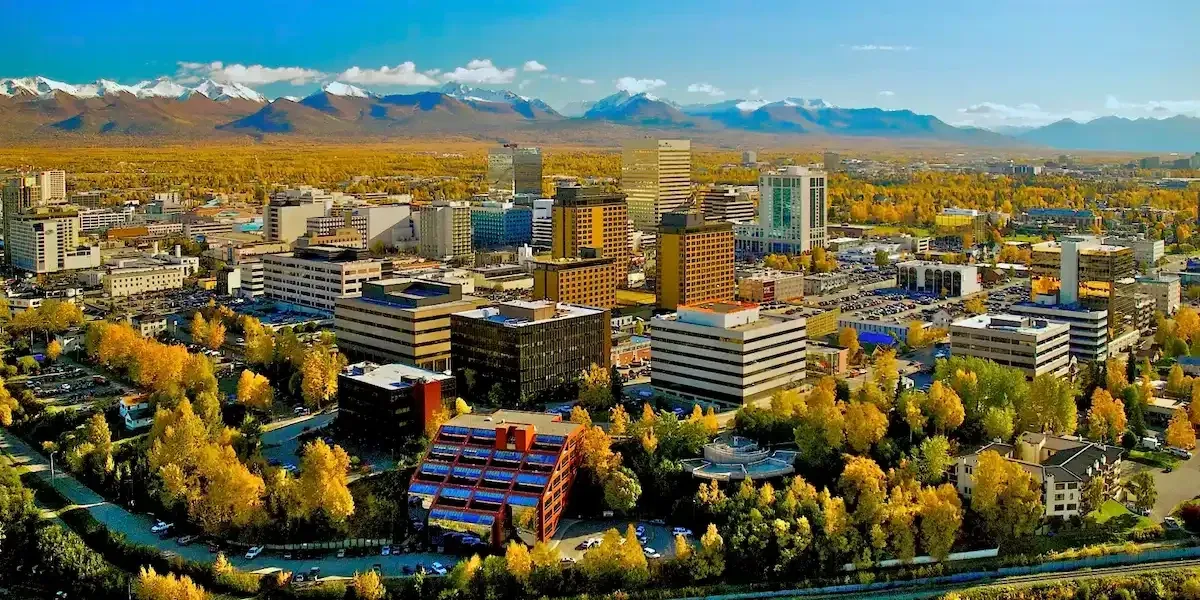
2. Popular Seafood Hunting Activities in Alaska
Alaska offers a variety of exciting seafood hunting activities, catering to different preferences and skill levels:
2.1. Salmon Fishing
Salmon is known as the “king” of Alaskan seafood, not only for its delicious taste but also for its high nutritional value. Salmon fishing is one of the most popular activities in Alaska, especially in the summer when salmon migrate upstream to spawn.
- Timing: The main salmon fishing season in Alaska typically runs from mid-May to September, depending on the salmon species and region.
- Locations: Rivers, lakes, and coastal waters in Alaska are all ideal locations for salmon fishing. Some famous spots include the Kenai River, Russian River, Copper River, and Prince William Sound.
- Fishing Tips: Use lures or natural baits such as salmon eggs, shrimp, or insects. Be patient and carefully observe the water flow to find locations where salmon often congregate.
- License: A valid Alaska fishing license is required to participate in this activity.
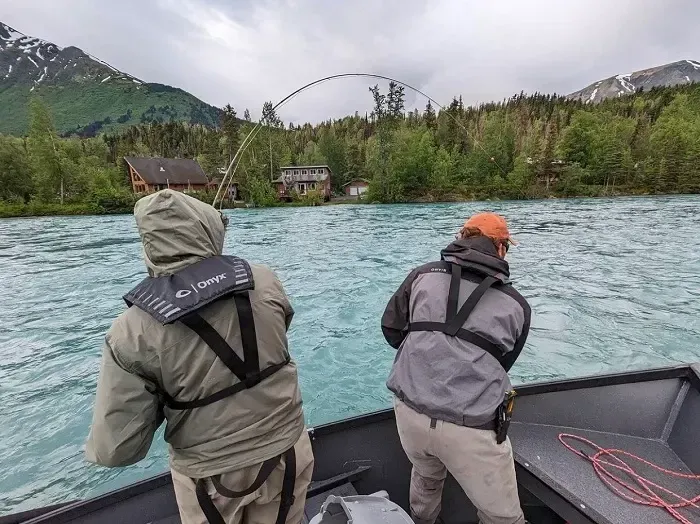
2.2. King Crab Catching
Alaskan king crab is one of the most expensive and famous seafood delicacies in the world. Catching your own giant king crabs will be an incredibly exciting and memorable experience.
- Timing: King crab season typically takes place in the fall and winter.
- Locations: The Bering Sea and Bristol Bay are renowned areas for king crab. However, king crab fishing is usually done on specialized vessels and requires certain skills and experience.
- Tours: If you want to experience king crab catching more safely and easily, you can join professional tours. These tours usually provide complete equipment and experienced guides.
- Safety Note: King crab catching can be dangerous due to harsh weather conditions and large waves in the Bering Sea. Always follow the instructions of experienced people and ensure your own safety.
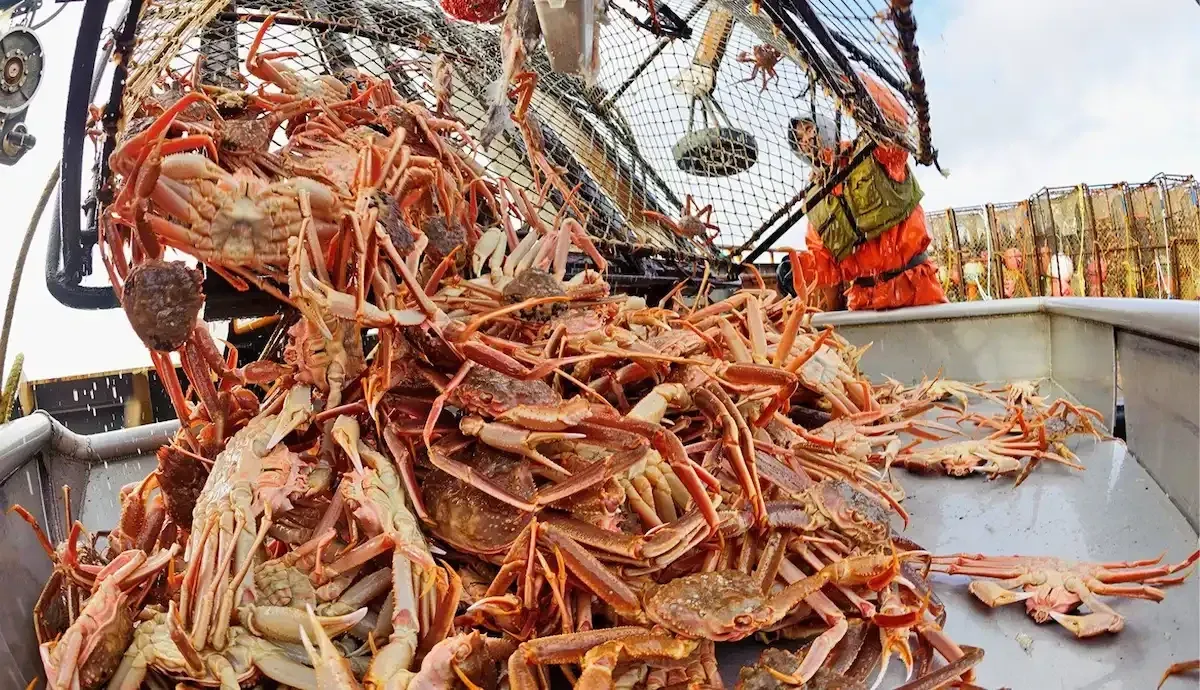
2.3. Oyster and Clam Foraging
The beaches in Alaska are home to many kinds of fresh and delicious oysters and clams. Oyster and clam foraging is not only simple but also brings the joy of discovery and enjoying natural seafood.
- Locations: Beaches along the Alaskan coast, especially the Kenai Peninsula and Prince William Sound areas, have many tidal flats where oysters and clams live.
- Timing: The ideal time to forage for oysters and clams is during low tide.
- Tools: Just a small shovel or knife is needed to pry oysters and clams from rocks or sand.
- Note: Carefully check the regulations regarding permitted seafood harvesting areas and limits to ensure compliance with the law and protect marine resources.
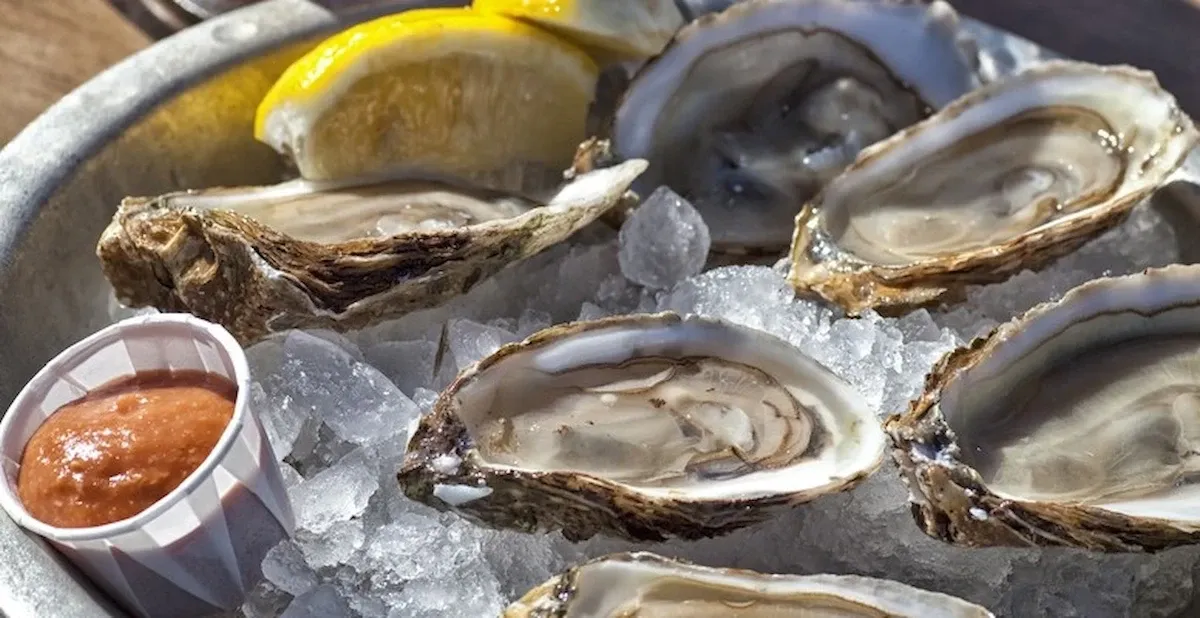
2.4. Shrimp Hunting
Alaskan shrimp is famous for its firm, sweet meat and distinctive flavor. Shrimp hunting is a fun activity, especially when you go with family or a group of friends.
- Methods: Use shrimp pots or nets to catch shrimp. Shrimp pots are usually lowered into the sea and retrieved after a certain period.
- Locations: Prince William Sound and the Seward area are popular locations for shrimp hunting.
- Tours: Many tours offer shrimp hunting services, including providing equipment and guidance.
- License: A valid shrimp fishing license is required.
3. Preparing for Your Seafood Hunting & Outdoor Cooking Trip
To have a complete and safe seafood hunting and outdoor cooking trip in Alaska, you need to prepare thoroughly:
- Licenses and Regulations: Learn about the regulations and licenses required for each specific seafood hunting activity in the area you plan to visit. Complying with the law not only helps you avoid trouble but also contributes to protecting marine resources.
- Equipment:
- Seafood Hunting Gear: Depending on the activity you choose, you will need to prepare fishing rods, lures, shrimp pots, shovels, knives, gloves, waders, etc.
- Outdoor Cooking Gear: Camping stove, pots, pans, knives, cutting board, plates, bowls, chopsticks, spoons, basic seasonings (salt, pepper, cooking oil, etc.), lighter or matches, firewood or fuel for the stove.
- Camping Gear (if needed): Tent, sleeping bag, sleeping pad, flashlight, multi-tool knife, first-aid kit, sunscreen, insect repellent, etc.
- Appropriate Clothing: Alaskan weather can change rapidly, so prepare warm, waterproof, breathable clothing, hats, gloves, scarves, etc.
- Safety:
- Weather: Monitor the weather forecast before and during your trip. Bad weather can be dangerous for outdoor activities, especially at sea.
- Wildlife: Alaska is home to many wild animals such as bears, moose, wolves, etc. Learn about how to avoid and respond when encountering wildlife. Carry bear spray for self-defense if necessary.
- Basic Survival Skills: Learn basic survival skills such as fire starting, finding water sources, first aid, etc., to be more confident and safe in the natural environment.
- Communication: Ensure you have a means of communication (satellite phone, walkie-talkie, etc.) in case of emergency, especially when you are going to remote areas.
4. Suggested Ideal Seafood Hunting & Camping Locations in Alaska
Alaska has countless wonderful locations to combine seafood hunting and camping. Here are a few suggestions:
- Seward & Kenai Fjords National Park: The Seward area is famous for the majestic beauty of Resurrection Bay and Kenai Fjords National Park. You can salmon fish, shrimp hunt, admire glaciers, and join whale watching cruises. There are many beautiful and well-equipped campsites in this area.
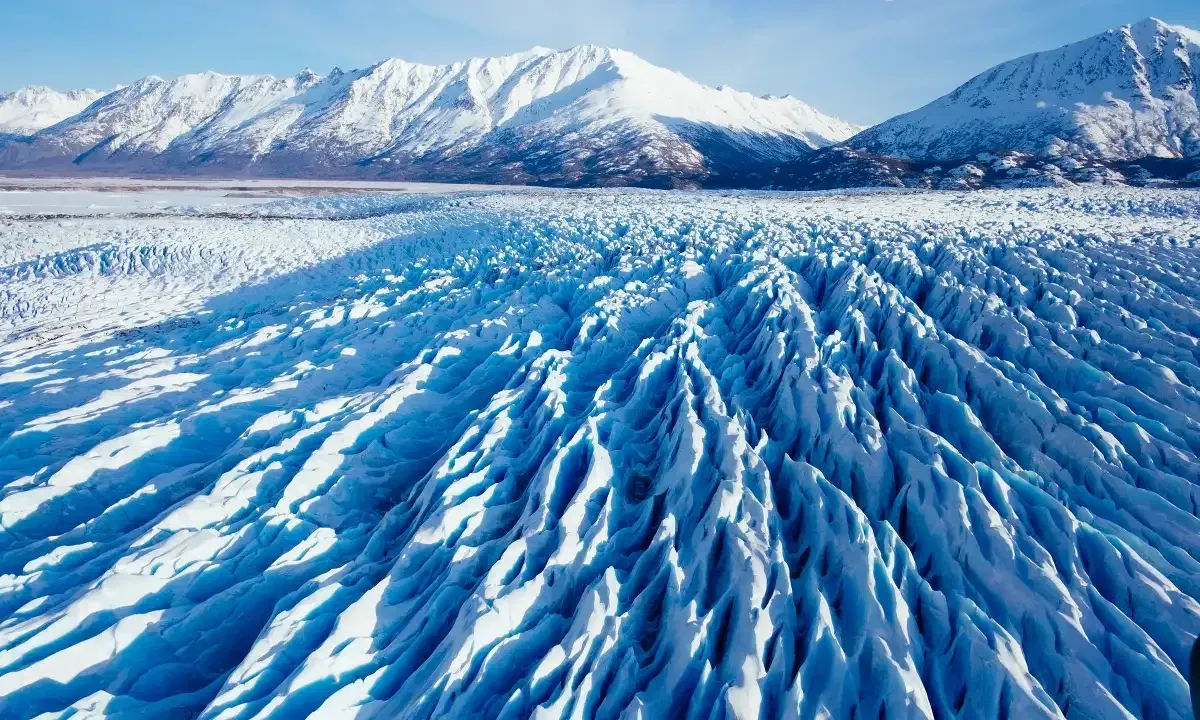
- Homer: Known as the “Halibut Fishing Capital of the World,” Homer is an ideal destination for those passionate about sea fishing. You can rent boats to fish for halibut, black cod, or join coastal salmon fishing tours. The Homer Spit area has many seafood restaurants and seaside campsites.
- Kodiak Island: Kodiak Island is the second-largest island in the United States, famous for its giant Kodiak bear population and abundant seafood resources. You can salmon fish, crab, shrimp hunt, and explore the island’s wilderness. There are campsites and lodges on the island to accommodate visitors.
- Sitka: The town of Sitka is located on Baranof Island, famous for its Tlingit culture and beautiful natural landscapes. You can visit Sitka National Historical Park, learn about local history and culture, and participate in seafood hunting activities such as salmon fishing, crab catching, and oyster foraging. There are campsites and lodges near Sitka.
5. Tips for Outdoor Cooking with Fresh Alaskan Seafood
Nothing is better than enjoying fresh seafood that you have hunted and prepared yourself amidst the Alaskan wilderness. Here are a few simple and delicious outdoor cooking tips:
- Simple Recipes:
- Grilling: Salmon, shrimp, crab, clams, etc., grilled over charcoal or a camping grill is the simplest way to prepare seafood while preserving its natural fresh flavor.
- Steaming: Oysters, clams, shrimp, etc., steamed with lemongrass, ginger, or lime leaves will highlight the sweet taste of seafood.
- Stir-frying: Salmon, shrimp, etc., stir-fried with vegetables or local spices will create a flavorful and appealing dish.
- Soup: Seafood can be used to make soup or porridge, which is both warming and nutritious in Alaska’s cool weather.
- Local Spices and Ingredients:
- Alder Wood: Alder wood when burned creates a distinctive fragrant smoke, very suitable for smoking or grilling salmon.
- Alaskan Berries: Blueberries, raspberries, currants, etc., can be used to make sauces or served with grilled seafood.
- Wild Herbs: Wild herbs such as dill, parsley, etc., that grow naturally in Alaska can be used to add flavor to dishes.
- Tips for Keeping Seafood Fresh:
- Keep seafood alive or chilled immediately after catching it.
- Use a cooler or dry ice to store seafood throughout the trip.
- Prepare seafood as soon as possible to ensure freshness.
- Food Safety:
- Wash your hands thoroughly before preparing food.
- Use clean water to wash seafood and cook.
- Cook seafood thoroughly to ensure food safety.
Experiencing seafood hunting and outdoor cooking in Alaska is a unique journey, combining adventure, exploration, and gastronomy. This is not only an opportunity for you to enjoy the freshest seafood but also a chance for you to immerse yourself in the wilderness, learn about local culture, and create unforgettable memories. Plan your seafood hunting and outdoor cooking trip in Alaska today to discover the beauty and abundance of this land in your own way.